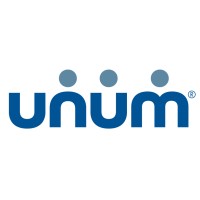
AXA
As one of the largest global insurers, our purpose is to act for human progress by protecting what matters. Protection has always been at the core of our business, helping individuals, businesses and societies to thrive. And AXA has always been a leader, an innovator, an entrepreneurial company, fostering progress in all its dimensions. Our purpose also links back to the Group's roots. From the outset, AXA has been committed to acting as a force for collective good. From solidarity-based actions with AXA Hearts In Action to work on prevention issues with the AXA Research Fund and the fight against climate change, AXA has always been attentive to its social environment and embraced its responsibility as an insurer: responsibility for taking action upstream in order to better understand risks, with one goal in mind: to ensure better protection. Discover more: https://www.axa.com/en/about-us/our-purpose To know more about AXA's Privacy Policy - https://www-axa-com.cdn.axa-contento-118412.eu/www-axa-com/1cd44dfb-3b7a-4cf7-933b-06024cf7f25b_axa_privacypolicy_internetusers_va.pdf






